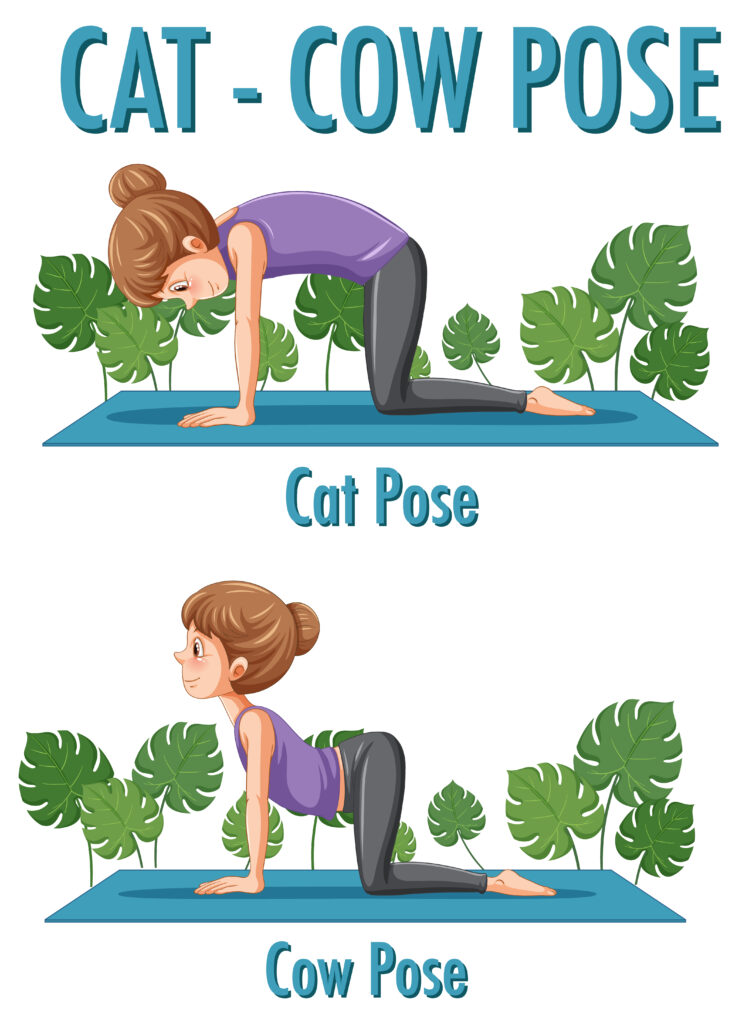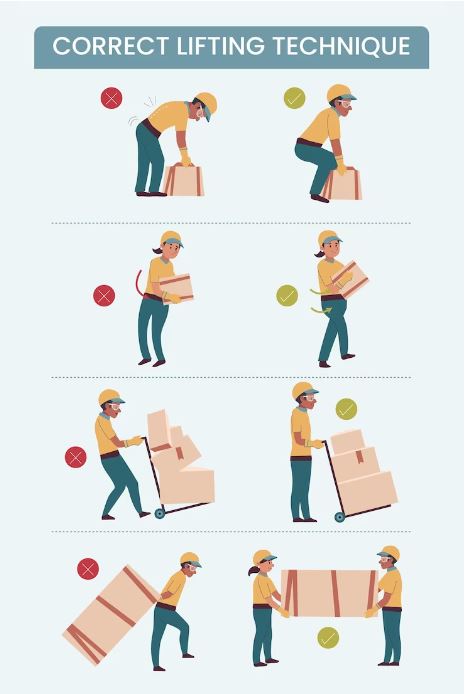Lower back pain can be incredibly debilitating, affecting your daily life and overall well-being. Whether you’ve experienced acute or chronic pain, finding an effective solution is crucial. This article explores the role of physiotherapy in managing lower back pain and provides a comprehensive guide to physiotherapy exercises that can help you alleviate discomfort.

Table of Contents
Introduction
Lower back pain is a prevalent health issue that can result from various factors, such as muscle strains, herniated discs, or poor posture. It’s a condition that affects people of all ages and backgrounds, making it essential to find effective ways to manage and reduce discomfort. One such method is physiotherapy, a non-invasive approach that focuses on restoring function and reducing pain through a combination of exercises and therapies.
Common Causes of Lower Back Pain
Before delving into physiotherapy exercises, it’s crucial to understand the causes of lower back pain. It can be attributed to factors like muscle imbalances, poor ergonomics, heavy lifting, or even age-related degeneration. Identifying the root cause is the first step in devising an effective treatment plan.
Benefits of Physiotherapy
Physiotherapy offers a range of benefits for individuals struggling with lower back pain. It helps alleviate pain, improve mobility, and enhance the overall quality of life. Additionally, it can reduce the need for pain medication and invasive procedures, making it a more natural and sustainable solution.
Consultation with a Physiotherapist
When dealing with lower back pain, it’s advisable to seek consultation with a qualified physiotherapist. They will perform a thorough assessment to determine the cause of your pain and tailor a treatment plan accordingly. This personalized approach is vital for achieving the best results.
Exercises for Lower Back Pain
One of the primary methods employed by physiotherapists is a set of targeted exercises that strengthen, stretch, and stabilize the lower back. Here are some effective exercises to consider:
Stretching Exercises
- Cat-Cow Stretch: This yoga-inspired stretch promotes flexibility in the lower back.
- Child’s Pose: A gentle stretch that eases tension in the lower back muscles.

Strengthening Exercises
- Bridge Exercise: Targets the glutes and lower back muscles for strength.
- Superman Exercise: Focuses on the lower back and core muscles.
Core Strengthening
A strong core is crucial for supporting the lower back. Incorporate exercises like planks and leg raises into your routine.
Posture Correction
Poor posture can exacerbate lower back pain. Physiotherapists can guide you on maintaining proper posture during daily activities.
Pelvic Tilt Exercises
Pelvic tilts help stabilize the pelvis and alleviate lower back discomfort.

Flexibility Exercises
Improving flexibility through exercises like knee-to-chest stretches can relieve lower back pain.
Lifestyle Changes
In addition to physiotherapy exercises, making the following lifestyle changes can contribute to a healthier back:
Ergonomics
Ensure your workspace is ergonomically designed to support your lower back during long hours of work or study.
Weight Management
Maintaining a healthy weight reduces the strain on your lower back.
Proper Lifting Techniques
Learn and apply proper lifting techniques to prevent injuries when lifting heavy objects.

Conclusion
In conclusion, physiotherapy exercises play a pivotal role in managing and alleviating lower back pain. They provide a holistic approach to treatment, addressing the root causes while enhancing your overall well-being. Consultation with a qualified physiotherapist is the first step in your journey to a pain-free lower back.
FAQs
1. Is physiotherapy suitable for all types of lower back pain?
Yes, physiotherapy can be beneficial for various types of lower back pain, as it addresses the root causes and helps improve mobility and function.
2. How often should I do these exercises?
The frequency of exercises varies based on your specific condition and the guidance of your physiotherapist. Generally, they should be performed regularly for optimal results.
3. Can I do these exercises at home, or should I always visit a physiotherapist?
Many of these exercises can be done at home, but it’s essential to have initial guidance from a physiotherapist to ensure you’re doing them correctly.
4. Are there any risks associated with physiotherapy exercises?
When done correctly and under professional guidance, physiotherapy exercises are generally safe. However, it’s crucial to follow your physiotherapist’s recommendations to prevent any potential risks.
5. How long does it take to see improvements in lower back pain through physiotherapy?
The time it takes to see improvements varies from person to person. Consistency with exercises and following your physiotherapist’s guidance are key factors in achieving positive results.
